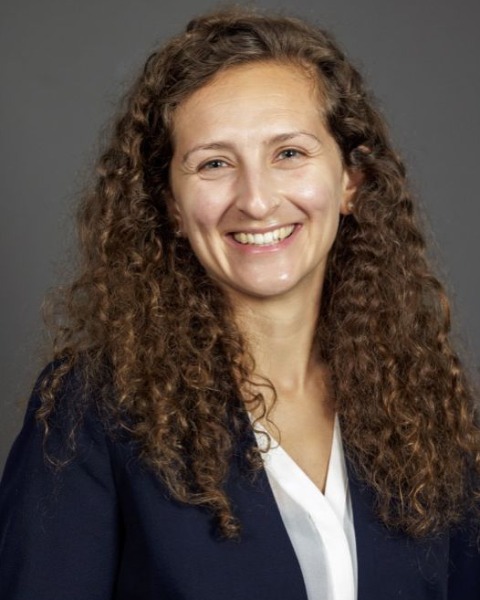Mental Health
Session: Mental Health 1
550 - Mental Health Action Plan: A Novel Tool to Address Adolescent Mental Health.
Sunday, May 5, 2024
3:30 PM - 6:00 PM ET
Poster Number: 550
Publication Number: 550.1758
Publication Number: 550.1758

Rose Bayer, MD (she/her/hers)
Chief Resident
St. Christopher's Hospital for Children
Philadelphia, Pennsylvania, United States
Presenting Author(s)
Background: The growing nationwide adolescent mental health crisis has made access to appropriate and timely care challenging. The need has outpaced the available psychiatrists and it is imperative that all pediatricians feel comfortable addressing basic mental health needs and understand appropriate resources. New initiatives are needed to address gaps in mental healthcare tools available for pediatric providers across all specialties.
Objective: Our study aims to assess the frequency of use and the utility of our novel Mental Health Action Plan (MHAP) as a tool to improve the current practices of pediatric providers in addressing adolescents’ mental healthcare needs in an under-resourced community.
Design/Methods: The MHAP is an innovative tool patterned after the Asthma Action Plan, offered to pediatricians to improve frequency and comfort in addressing adolescents’ mental healthcare needs. Training was offered to providers on how to use the MHAP. To assess the utility of the MHAP, an anonymous, voluntary survey was sent to section chiefs to distribute. Subjects who were eligible to complete the survey included students, residents, fellows, attendings, nurse-practitioners, physician assistants, and social workers at St. Christopher’s Hospital for Children. Data was collected anonymously via Google Forms. Descriptive statistics were performed.
Results: Of the 99 survey responses collected, 44.4% (n=44) indicated they had no experience or training in mental healthcare, despite that 97% (n=96) reported that mental health concerns arise in at least some of their visits and only 14.1% (n=14) reported feeling “very comfortable” dealing with these concerns. Of the 72.8% (n=72) subjects who reported they are aware of the MHAP, 44.4% (n=32) use it regularly, of whom 59.4% (n=19) find it “very helpful,” 40.6% (n=13) find it “somewhat helpful,” and 0% of subjects found it "not helpful." Common barriers to using the MHAP included: needing more training (53.3%; n=53) and lack of time in patient visits (60.6%; n=60). Though, 81.8% (n=81) would like to use the MHAP more with their patients.
Conclusion(s): Our study validates the need to improve pediatricians’ comfort level in providing care for adolescents suffering from the dramatic increase in mental healthcare needs. While emphasizing the need for an innovative solution to improve training and increase resources for providers to help address adolescent mental healthcare, results show that the MHAP is a feasible and effective tool to address these gaps. Future directions will assess patient use of the MHAP and its impact on their access to mental health care.
